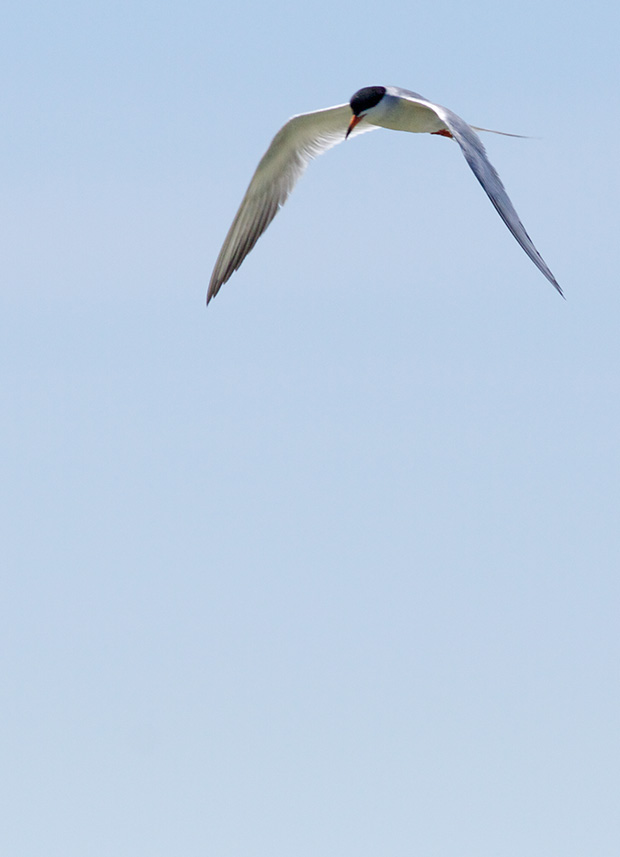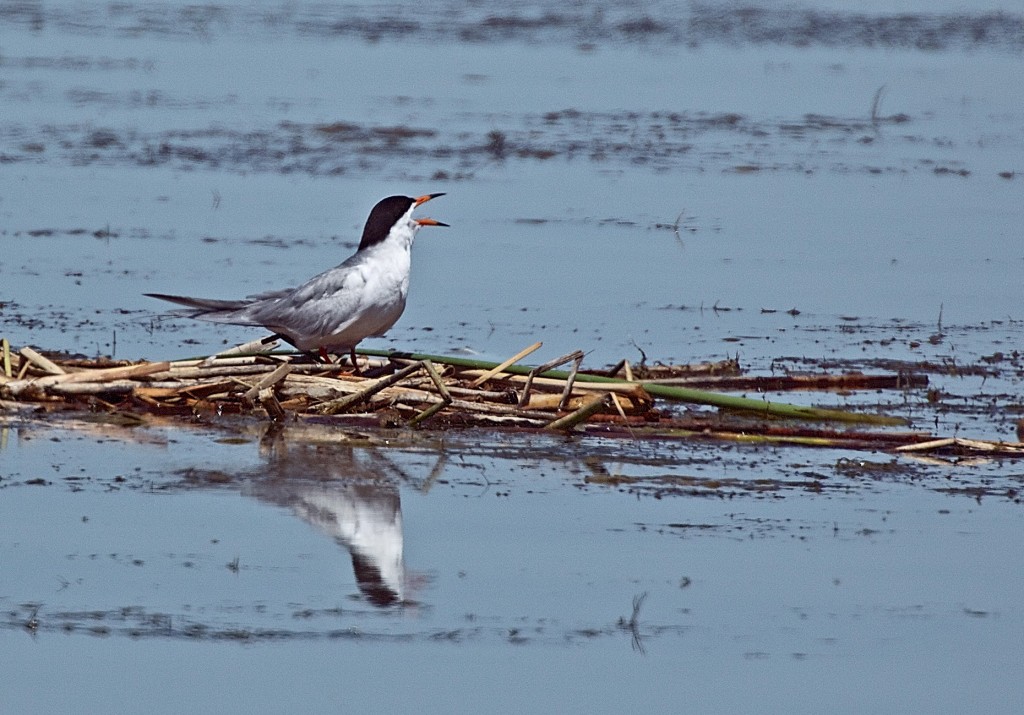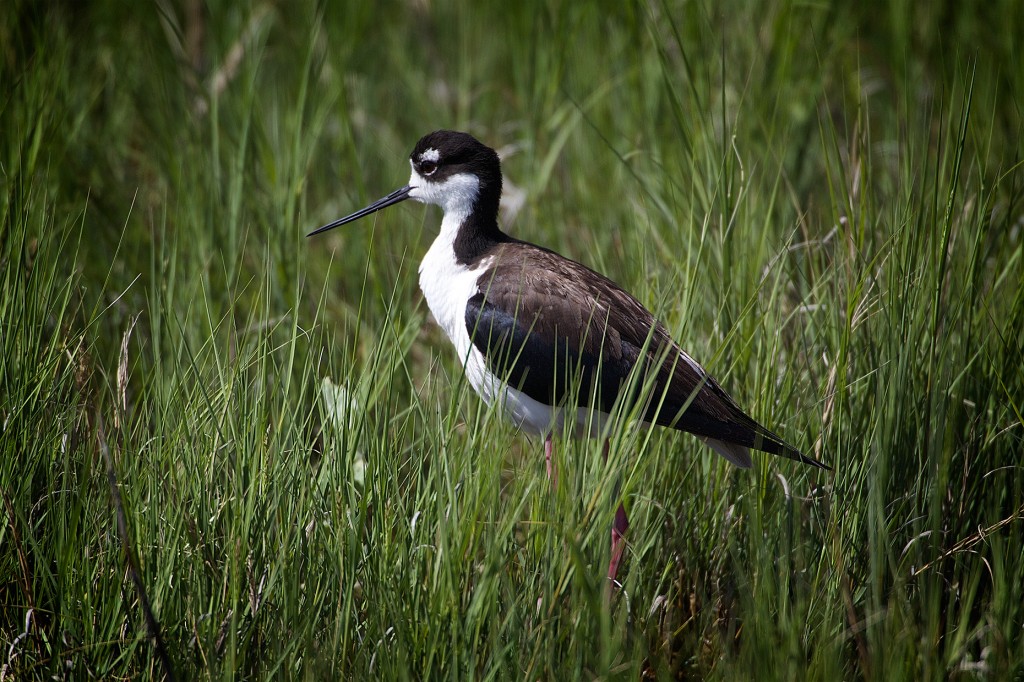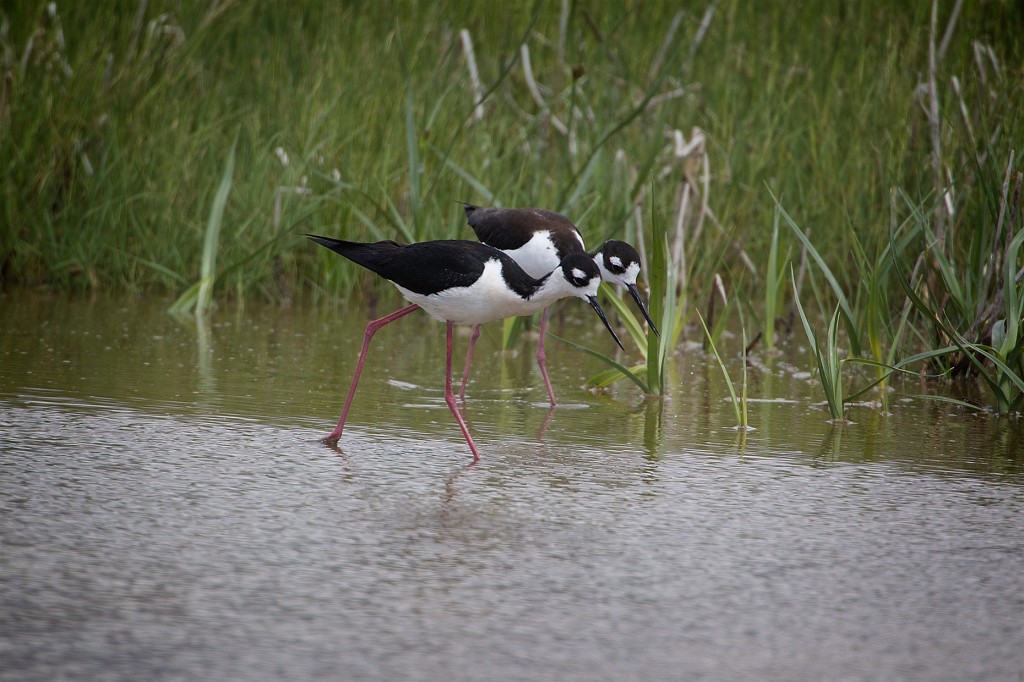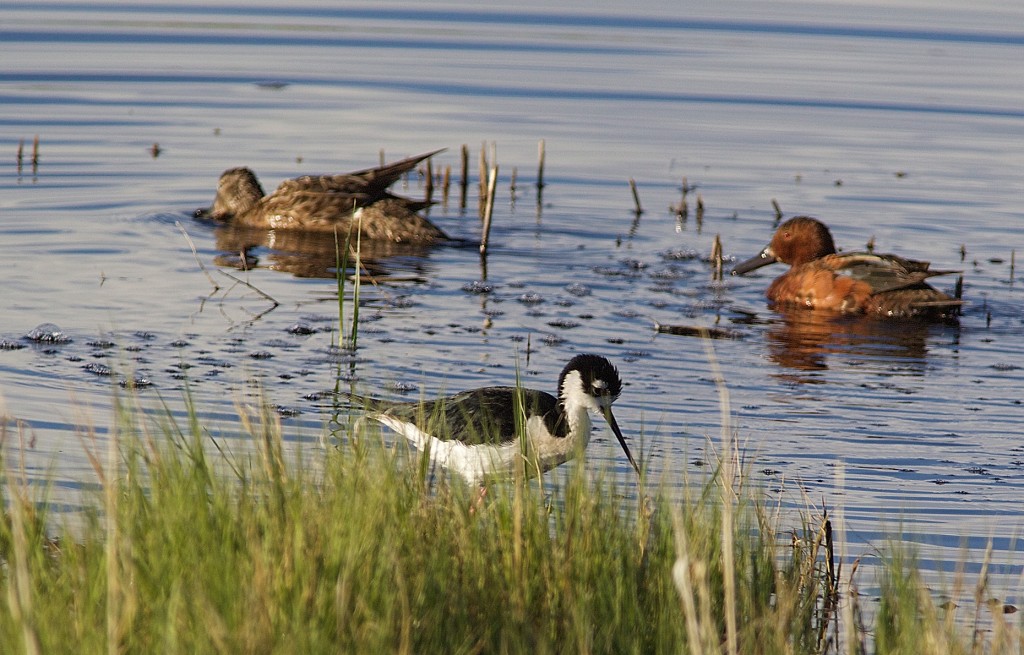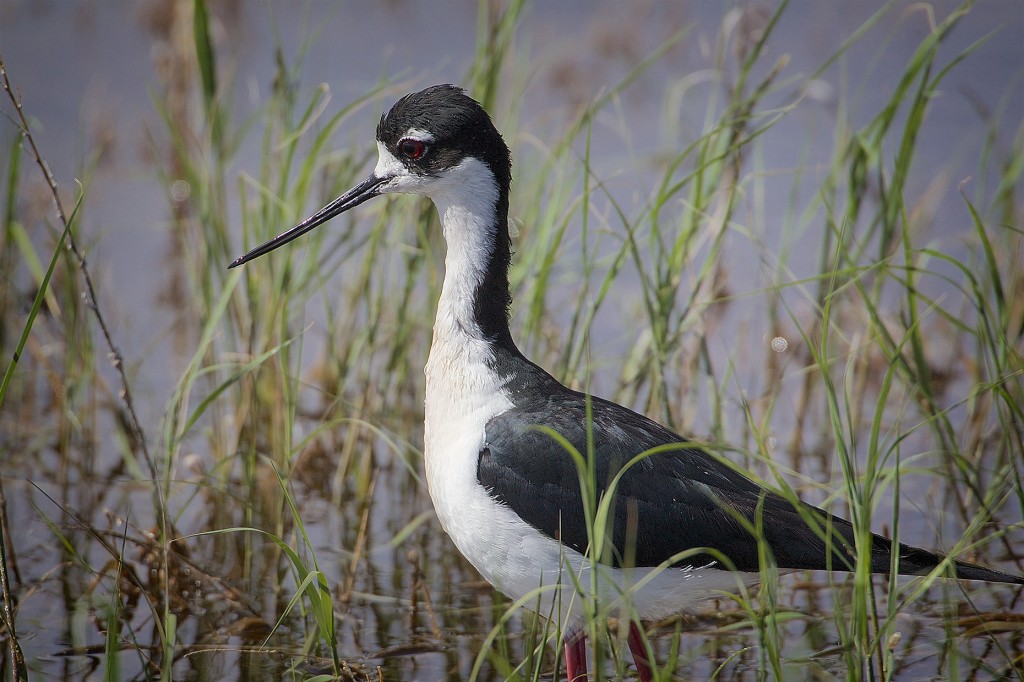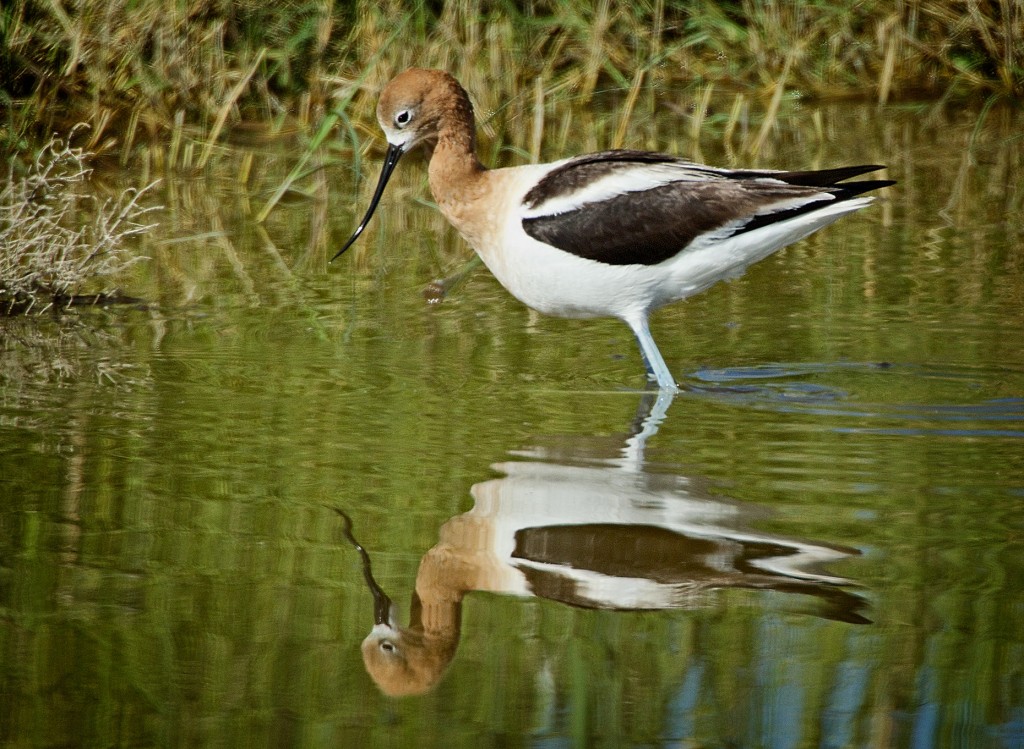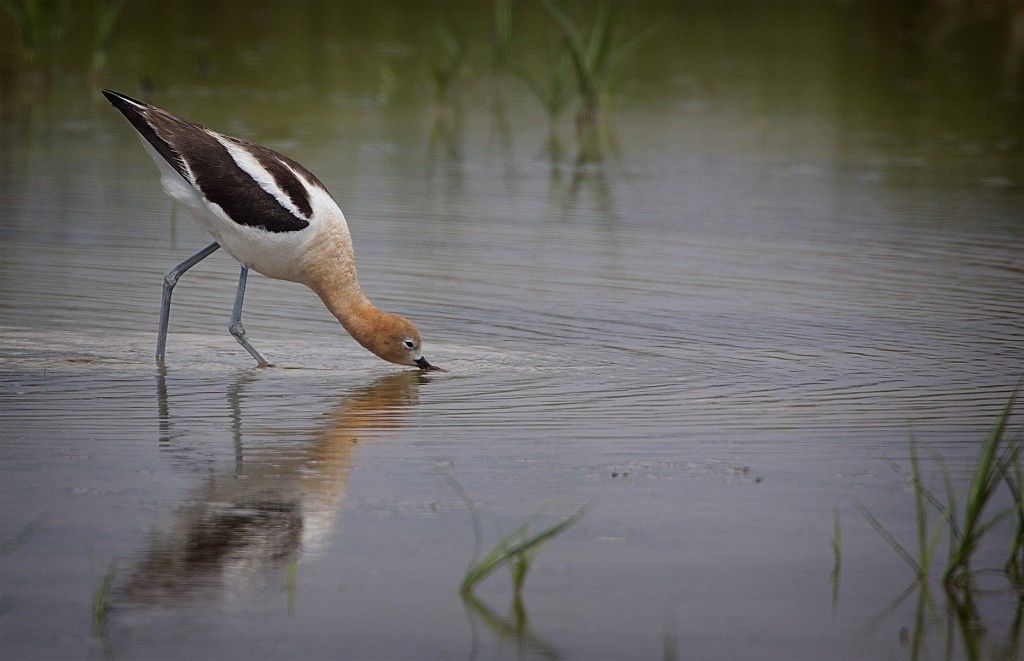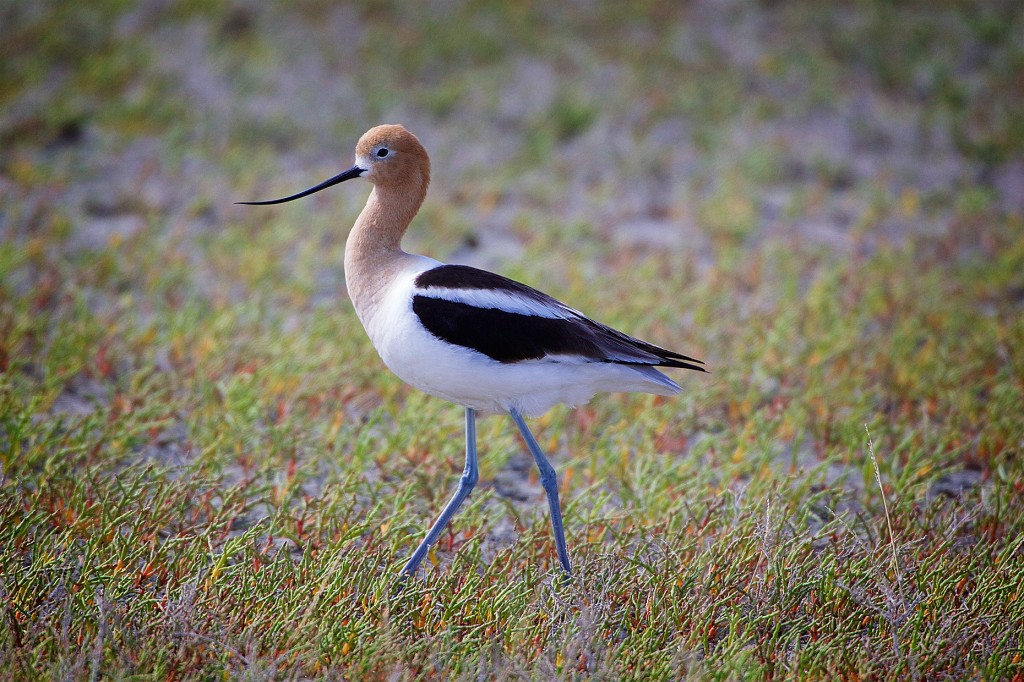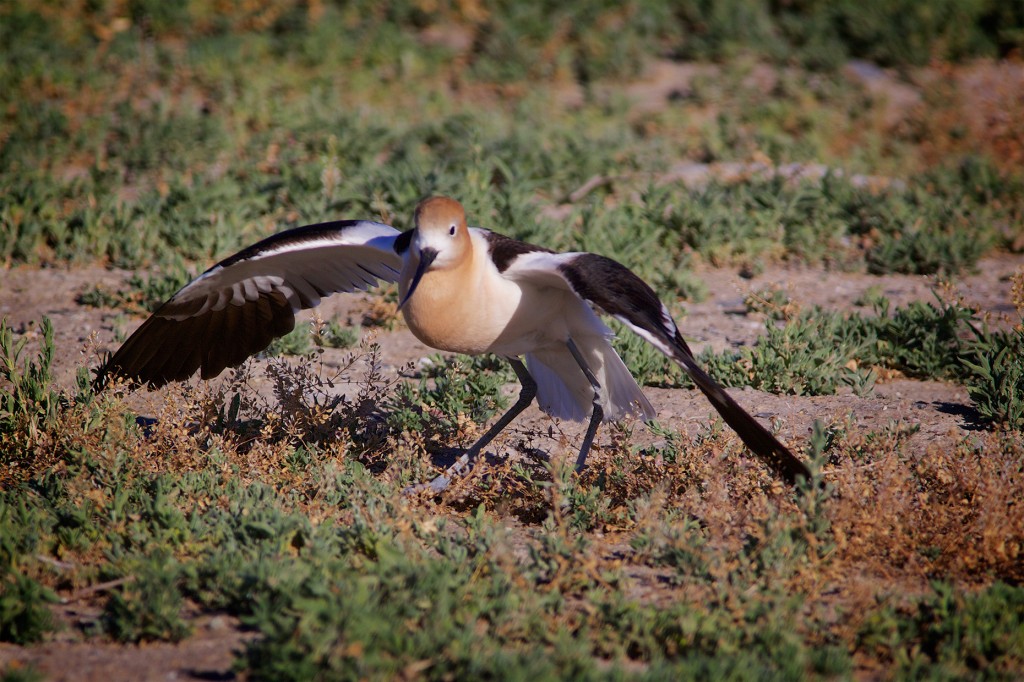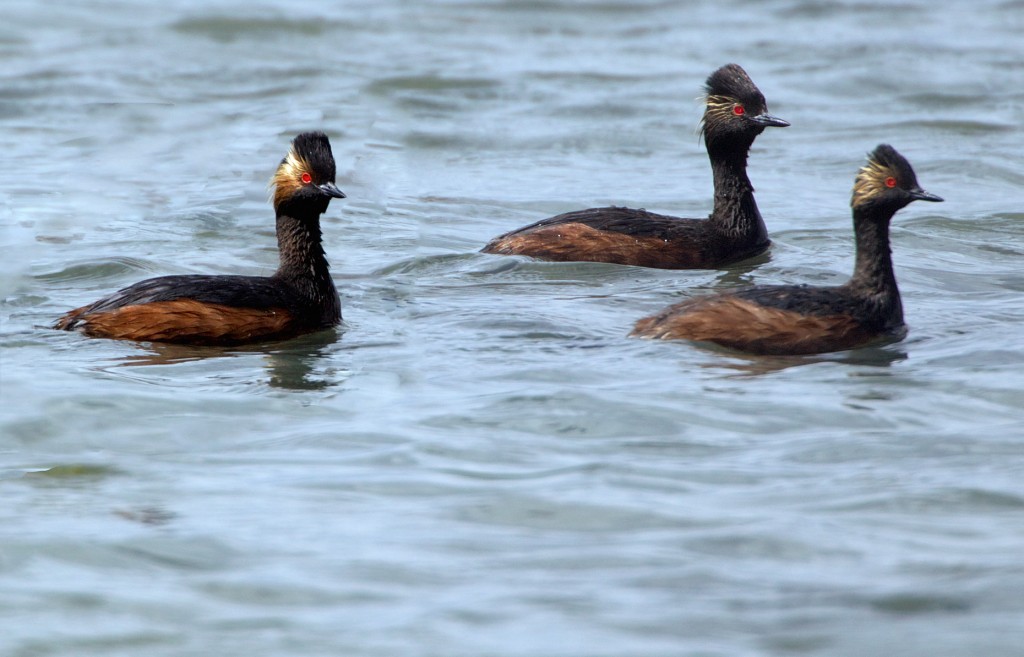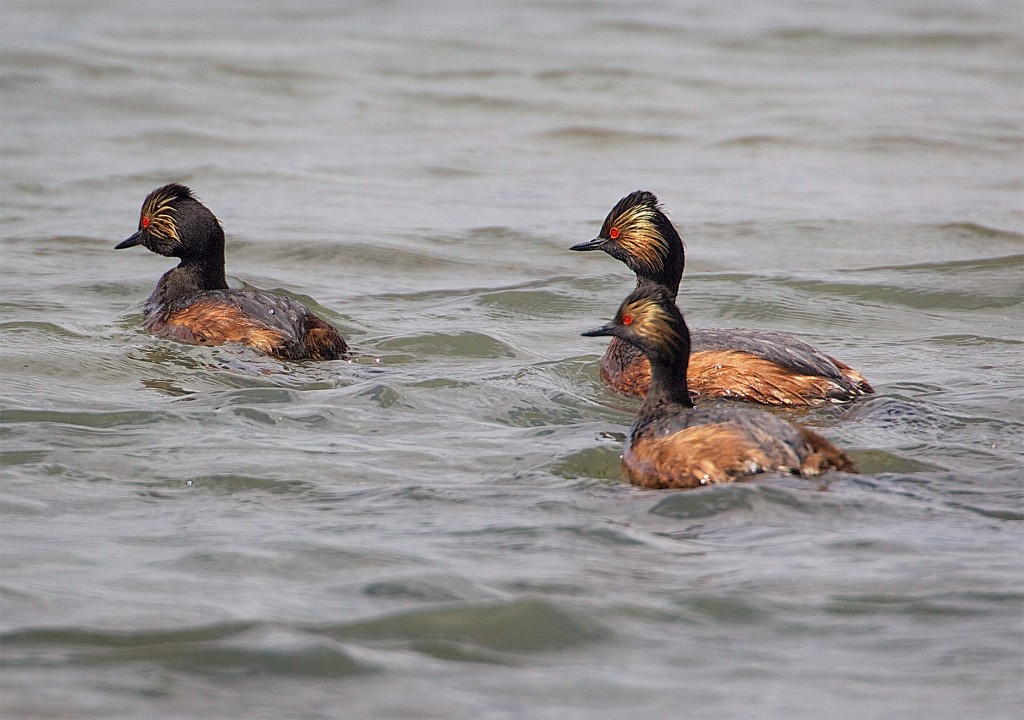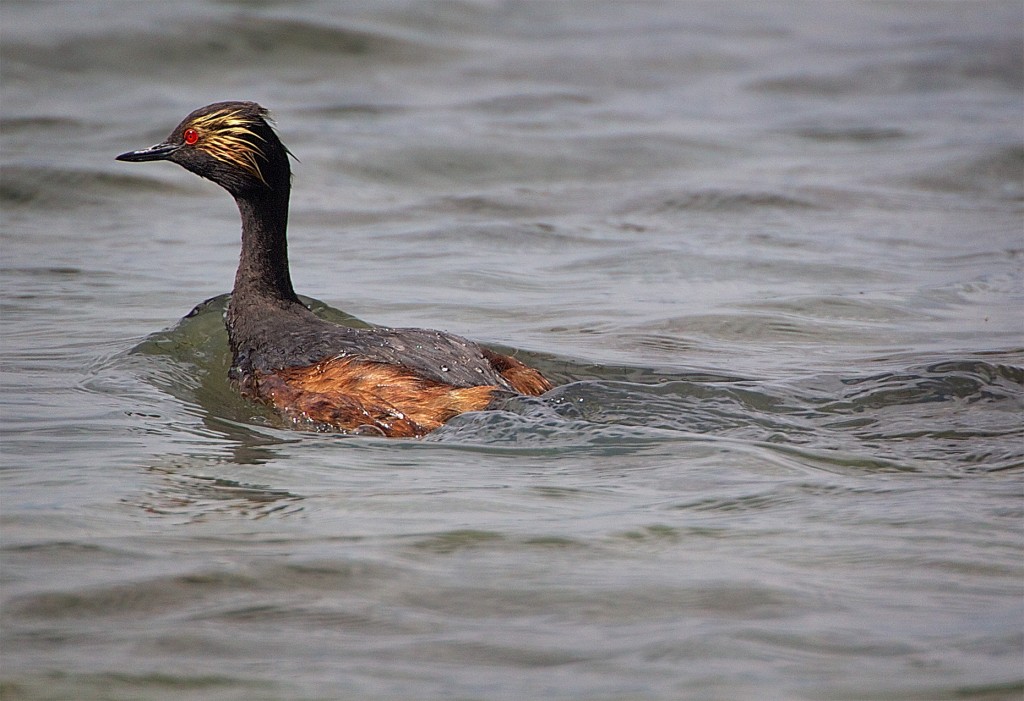I guess I didn’t realize how many birds I saw at Bear River Migratory Wildlife Refuge until I started posting about my visit. I was amazed at the number of species nesting on the refuge, birds I only see in the winter or during migration. In retrospect, it’s an even more remarkable place than I thought it was the two days I was there — and I already thought it was very special.
I see Common Terns in many places and I’m always trying to capture shots of them in flight,
especially hovering just before diving.
What I’ve never seen before, though, is them constructing nests. I’m sure I was anthropomorphizing while watching these two Common Terns building a nesting site, particularly since we just spent a week having our house repainted. However, it really seemed to me that this (female?) tern was berating her mate about how slowly the nest-building was going.
Eventually, the mate showed up with a rather large stick in its beak
and spent an inordinate amount of time deciding exactly where to place that stick — so I’m assuming it wasn’t just a pile of sticks, that at least one of them had some sort of “plan” as to what this nest should look like — I suspect it was the female.
Once again, I really wish I’d had another week or two to see how this nest proceeded. I’m going to have to coördinate my trip to Colorado next year so that I can stop before and after my trip to have a better chance of seeing the birds while their nesting.


